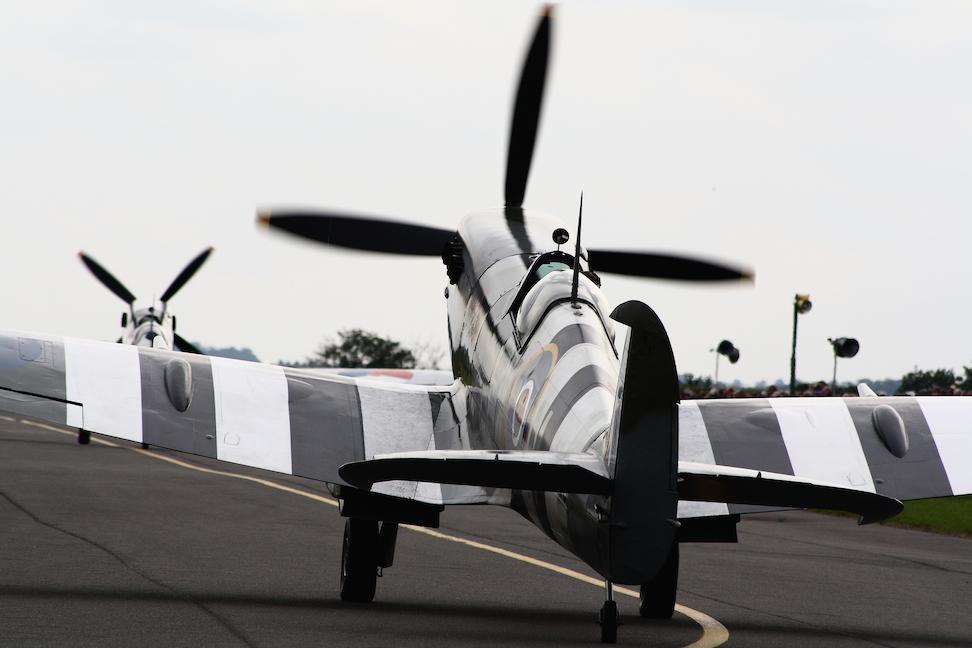In 1933 Consolidated of Buffalo was in competition with Douglas of Santa Monica to supply the United States Navy with its first cantilever-monoplane flying boat. Though the Douglas aircraft was good, its rival, designed by Isaac M. Laddon, was to prove a classic. It would be manufactured in greater numbers than any flying boat before or since.
Theoriginal Catalina featured two 825 hp Twin Wasps mounted close together on a wide clean wing, on the tips of which were retractable stabilising floats. The prototype XP3Y-1 achieved a speed of 184 mph - high for a flying boat in 1935. Production began at San Diego, California. The initial order - for 60 - was exceptionally large for the time, but within a decade more than 4,000 had been ordered.
In1938 three were purchased by the Soviet Union, which urgently tooled up to build its own version, the GST. In 1939 the British RAF bought one PBY and soon placed large orders - it was the RAF which gave the aircraft its name 'Catalina'. This name was adopted in the United States in 1942.
InDecember 1939 came the PBY-5A (OA-10) with retractable landing gear, which was named the 'Canso' by the Canadian air force. Many hundreds of both the boat and the amphibian version were built by Canadian Vickers (as the PBV-1) and Boeing Canada (as the PB2B-1). Revised versions with heightened tail-fins were manufactured at New Orleans (PBY-6A) and by the Naval Aircraft Factory at Philadelphia (PBN-10).
TheCatalina established a remarkable combat record during World War Two. In the Atlantic it performed vital service in the war against the U-boats, and an RAF Catalina famously located the Bismarck after the formidable German battleship had temporarily succeeded in escaping from British forces.
Inthe Pacific the Catalina gave outstanding service in the search and rescue role. It was a Catalina which first located the advancing Japanese forces during the decisive Battle of Midway. 'Black Cat' night-flying Catalinas made a valuable and prolonged contribution to the Allied effort in the Solomons campaigns during 1942-43, frequently making torpedo attacks on Japanese shipping. For many years after World War Two hundreds of Catalinas served with various nations, in civilian as well as in military roles.

